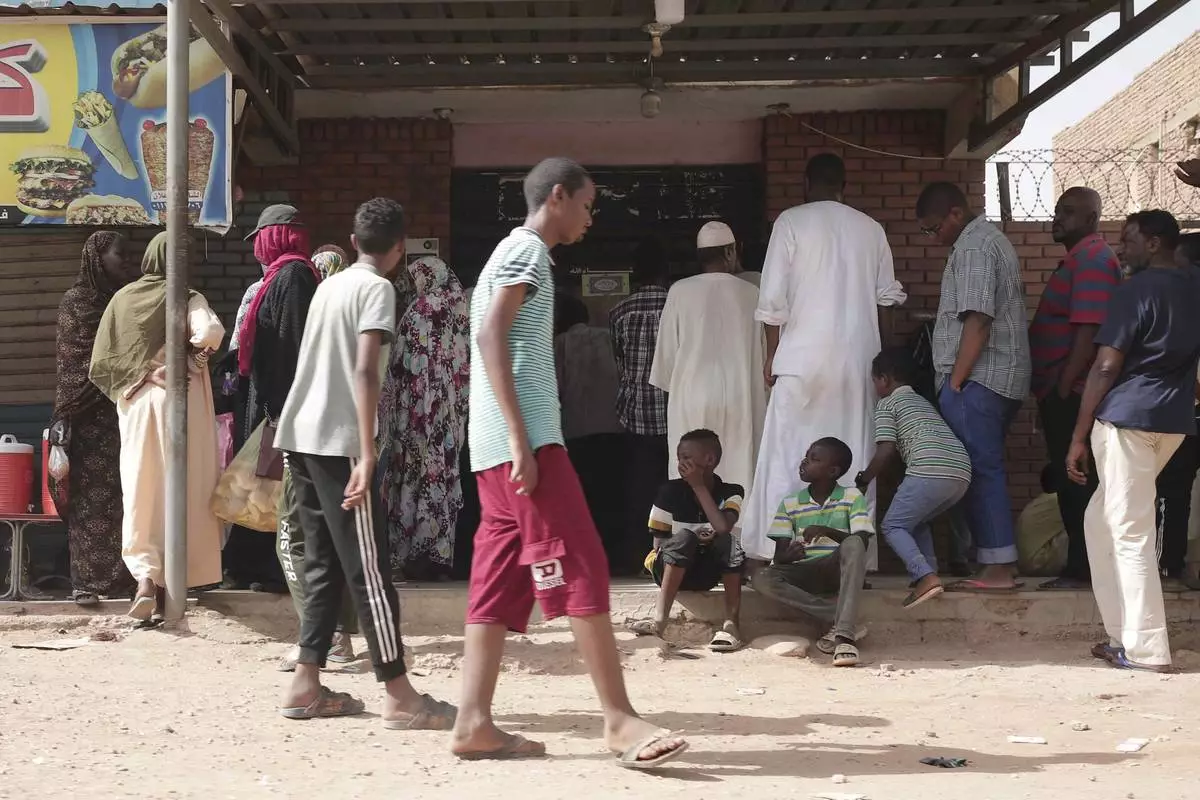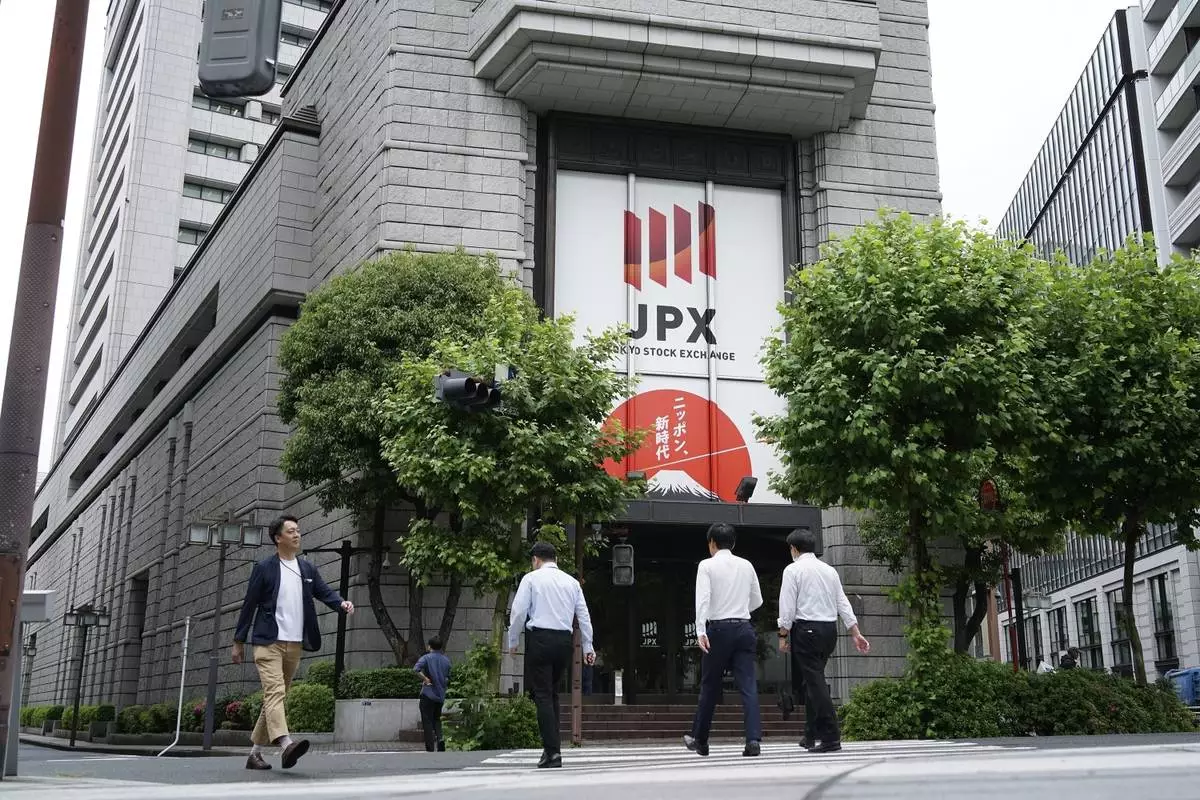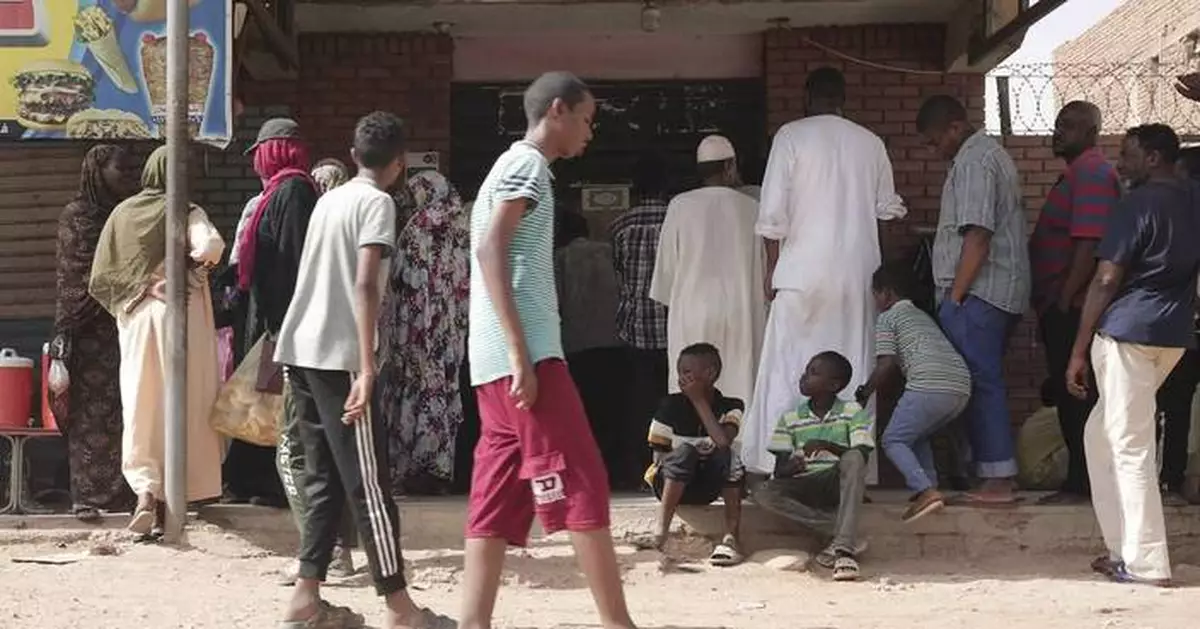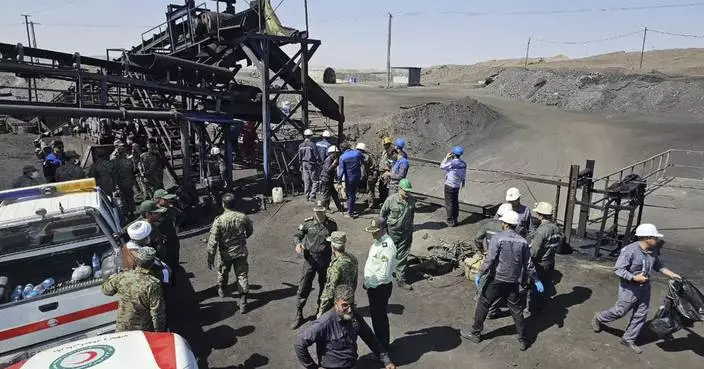CAIRO (AP) — Cholera is spreading in war-torn Sudan, killing at least 388 people and sickening about 13,000 others over the past two months, health authorities said, as more than 17 months of fighting between the military and a notorious paramilitary group shows no sign of abating.
The disease is spreading in areas devastated by recent heavy rainfall and floods especially in eastern Sudan where millions of war displaced people sheltered.
The casualties from cholera included six dead and about 400 sickened over the weekend, according to Sunday’s report by the Health Ministry. The disease was detected in 10 of the country’s 18 provinces with the eastern Kassala and al-Qadarif provinces the most hit, the ministry said.
Cholera is a fast-developing, highly contagious infection that causes diarrhea, leading to severe dehydration and possible death within hours when not treated, according to the World Health Organization. It is transmitted through the ingestion of contaminated food or water.
The disease is not uncommon in Sudan. A previous major outbreak left at least 700 dead and sickened about 22,000 in less than two months in 2017.
Sudan was plunged into chaos in April last year when simmering tensions between the military and a powerful paramilitary group, the Rapid Support Forces, exploded into open warfare across the country.
The fighting, which wrecked the capital, Khartoum, and other urban areas has been marked by atrocities including mass rape and ethnically motivated killings that amount to war crimes and crimes against humanity, especially in the western region of Darfur, according to the United Nations and international rights groups.
It has killed at least 20,000 people and wounded tens of thousands others, according to the U.N. However, rights groups and activists say the toll was much higher.
The war also has created the world’s largest displacement crisis. More than 13 million people have been forced to flee their homes since the fighting began, according to the International Organization for Migration. They include over 2.3 million who fled to neighboring countries.
Devastating seasonal floods and cholera have compounded the Sudanese misery. At least 225 people have been killed and about 900 others were injured in the floods, the Health Ministry said. Critical infrastructure has been washed away, and more than 76,000 houses have been destroyed or damaged, it said.
Famine was also confirmed in July in the Zamzam camp for displaced people, which is located about 15 kilometers (10 miles) from North Darfur’s embattled capital of al-Fasher, according to global experts from the Famine Review Committee. About 25.6 million people — more than half of Sudan’s population — will face acute hunger this year, they warned.
Fighting, meanwhile, rages in al-Fasher, the last major city in Darfur that is still held by the military. The RSF has been attempting to retake it since the start of the year.
Last week, the paramilitary force and its allied Arab militias launched a new attack on the city. The military said its forces, aided by rebel groups, managed to repel the attack and kill hundreds of RSF fighters, including two senior commanders.

FILE -People line up in front of a bakery during a cease-fire in Khartoum, Sudan, May 27, 2023. (AP Photo/Marwan Ali, File)
HONG KONG (AP) — Global stocks were mixed on Monday following a series of key interest rate decisions last week by the U.S. Federal Reserve, Japan, China, and Britain.
The CAC 40 in Paris slipped 0.3% to 7,481.56 after the composite factory activity data for September fell below the 50 threshold that separates expansion from contraction, signaling the strong growth in the French economy seen in August has evaporated.
A similar update on Germany's manufacturing sector, showed the HCOB Manufacturing PMI, or purchasing managers index, in September falling to 40.3, below expectations. Germany’s DAX added 0.4% to 18,796.33. In London, the FTSE 100 rose 0.4% to 8,258.47.
The futures for the S&P 500 and the Dow Jones Industrial Average were little changed.
Chinese stocks got a lift after the central bank lowered its 14-day reverse repurchase rate to 1.85% from 1.95% on Monday after opting to keep key lending rates unchanged last week. Markets had been anticipating a cut. Meanwhile, officials said People’s Bank of China Governor Pan Gongsheng would hold a news briefing to address support for the economy.
The Hang Seng in Hong Kong slipped 0.2% to 18,226.58 while the Shanghai Composite index added 0.4% to 2,748.92.
Markets in Japan were closed on Monday for a public holiday.
Japan’s monetary policy remained in the spotlight after the Bank of Japan announced on Friday that it would keep its benchmark rate unchanged at 0.25%.
That weakened the Japanese yen, which tumbled back from last week’s peak of around 140 to the U.S. dollar. The dollar was trading at 143.56 yen on Monday.
Elsewhere, Australia’s S&P/ASX 200 lost 0.7% to 8,152.90. The Reserve Bank of Australia begins a two-day policy meeting on Monday.
South Korea’s Kospi climbed 0.3% to close at 2,602.01.
On Friday, the S&P 500 slipped 0.2% from its record, closing at 5,702.55. The Nasdaq composite fell 0.4% 17,948.32. The Dow Jones Industrial Average, meanwhile, added 0.1% to close at another record high, at 42,063.36.
Last week the Fed cut its main interest rate for the first time in more than four years, with more likely to come, ending a long run where it kept that rate at a two-decade high in hopes of slowing the U.S. economy enough to stamp out high inflation. Inflation has subsided from its peak two summers ago and Chair Jerome Powell said the Fed can focus more on keeping the job market solid and the economy out of a recession.
The Fed is still under pressure because hiring has begun to slow under the weight of higher interest rates. Some critics say the central bank waited too long to cut rates and may have damaged the economy.
Critics also say the U.S. stock market may be running too hot on the belief the Federal Reserve will pull off what seemed nearly impossible earlier: getting inflation down to 2% without creating a recession.
Last week, also, the Bank of England kept its main interest rate on hold at 5% in the wake of the Fed's move.
This week will bring preliminary reports on U.S. business activity, the final revision for how quickly the economy grew during the spring and an update on spending by U.S. consumers.
In other dealings early Monday, U.S. benchmark crude oil lost 12 cents to $70.88 per barrel. Brent crude, the international standard, gave up 8 cents to $74.41 per barrel.
The euro fell to $1.1096 from $1.1162.

A bus passes the Wall St. subway station on Wednesday, Sept. 18, 2024, in New York. (AP Photo/Peter Morgan)

FILE - People walk in front of Tokyo Stock Exchange building in Tokyo, on May 28, 2024. (AP Photo/Eugene Hoshiko, File)












